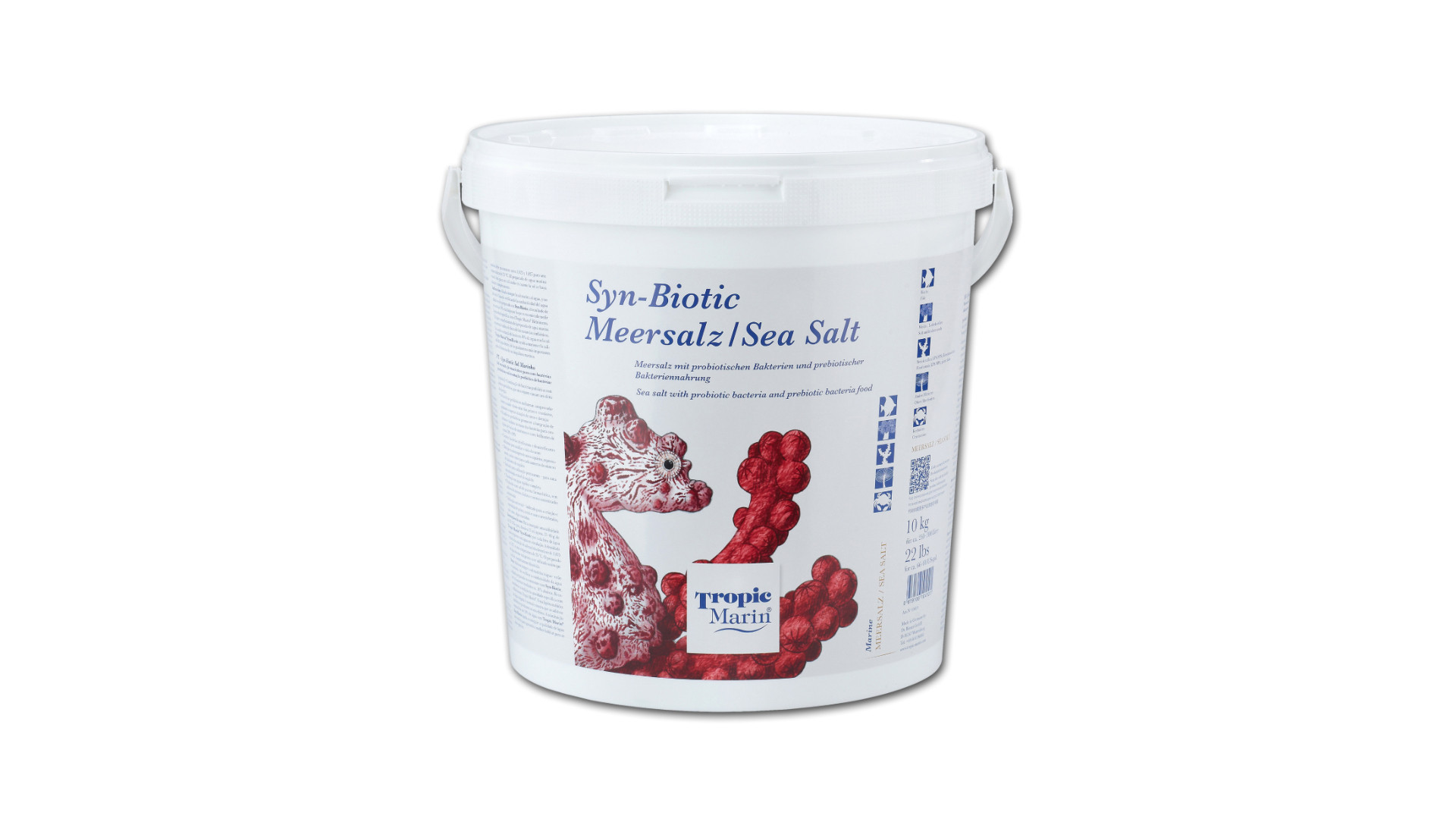Who Is This Salt Creep Anyway

After not that much retrospection, it turns out there is no bogeyman dancing around your aquarium in the wee hours, leaving salt residue all over everything, so actually, the question we should be asking is “what is salt creep?” If you have a marine aquarium, and you've had it for more than a couple days, you've noticed that salt seems to cake on your lights, lid, top edge of the tank, and just about anywhere the water gets agitated (and seemingly unreasonably) also places where water seems pretty calm.
What's happening here is that your aquarium evaporates. The water vapor carries a trace of salt along with it, and when that water dries on a nearby surface, the water disappears, leaving the salt behind, building up over time. Areas that generate spray (like above an air stone, or around a standpipe) will also generate quite a bit of creep. More agitated areas of your aquarium have a greater rate of gas exchange (which is important, and we'll get into that briefly), but this activity also exposes more water to the air, which means faster evaporation (and more spray). The more salt water that leaves the tank, the more salt gets left on surrounding surfaces. A pin hole leak somewhere will also leave an epic amount of salt creep.
Luckily, this is very easily dealt with. Just wipe it off. Seriously, that's all; just take a clean damp rag and wipe down the salt creep before it cakes. Don't fret if it falls back into the aquarium, unless if falls directly onto your most fragile invertebrates, this tiny amount of salt won't hurt (or help) anything. Make this activity a part of your daily ritual and the creep will be banished forever. Even if you just wipe down everything once a week when you're doing your water changes, it should prevent too much buildup. If you find that you need to do this more often, then do.
When salt creep becomes a problem is when it builds up, is not addressed, and encrusts into places that are difficult to clean, or worse, finds its way onto and into spaces that have corrosion prone elements. Things like the metal tube clamps that are nearly ubiquitous in our hobby can actually rust to failure unreasonably quickly, so make sure these stay clean and dry. We suggest using plastic clamps for your plumbing attachments and replacing them on schedule. (While they won't corrode, plastic can get brittle over the years.) Pay attention to things like screws in lighting fixtures, and cables / cable clamps that hang lights, as these are places where some manufacturers use metals that aren't stainless, especially on lights that are available cheaply.
The internet abounds with well-meaning experts who advise reducing the surface agitation of your aquarium to limit salt creep. We have found this to be counterproductive. This surface agitation is the best place for gas exchange in your tank. Surface agitation helps stabilize both pH through gas exchange and temperature through the increase in surface area (especially if your home is climate controlled). Both these elements are worth dealing with the creep. If you're having a salt creep which is reaching untenable levels, an issue more common in very dry environments, a better solution is to cover the display with plexi, or glass, or even corrosion proof screening and just wiping that down regularly.
For those of you for whom this is just not good enough of a solution, and you want to reduce the surface agitation, think about adding an air stone to your system, in a location where it won't cause excess spray; somewhere like an overflow, or the first (covered) chamber of a sump. This will help with the gas exchange and pH stabilization, without increasing the amount of salt creep overmuch.
The last aspect of salt creep is one of mechanism. Obviously, if water is evaporating, there is less water left in the aquarium. These needs replacing, because even though some salt leaves with the evaporation, nearly all of it gets left behind. For example, in the process of distilling water, it turns out that water vapor doesn't carry anything very well and thus you can get a very pure water by boiling it and harvesting the steam. In your aquarium, this means that as water leaves, most of the salt stays in the aquarium and as a result, the ratio of salt to water increases. Yes, your tank will get saltier.
Figure out how much water leaves your aquarium every day and add that much pure water back to it (this is a great time to wipe down your salt creep too). There are a wide variety of top-off pumps available on the market as well, but unless you are keeping critters that are very sensitive to salinity shifts, (or just don't like lugging extra water around), you don't really need them.
In the end, salt creep is easy to deal with and a normal part of maintenance. Since you need to top off the tank, anyway, just do your wipe downs then. Every gorgeous aquarium takes some effort. Embrace this and be proud of how it looks, and how well your wet pets do in a well-maintained home. Happy aquarium keeping!